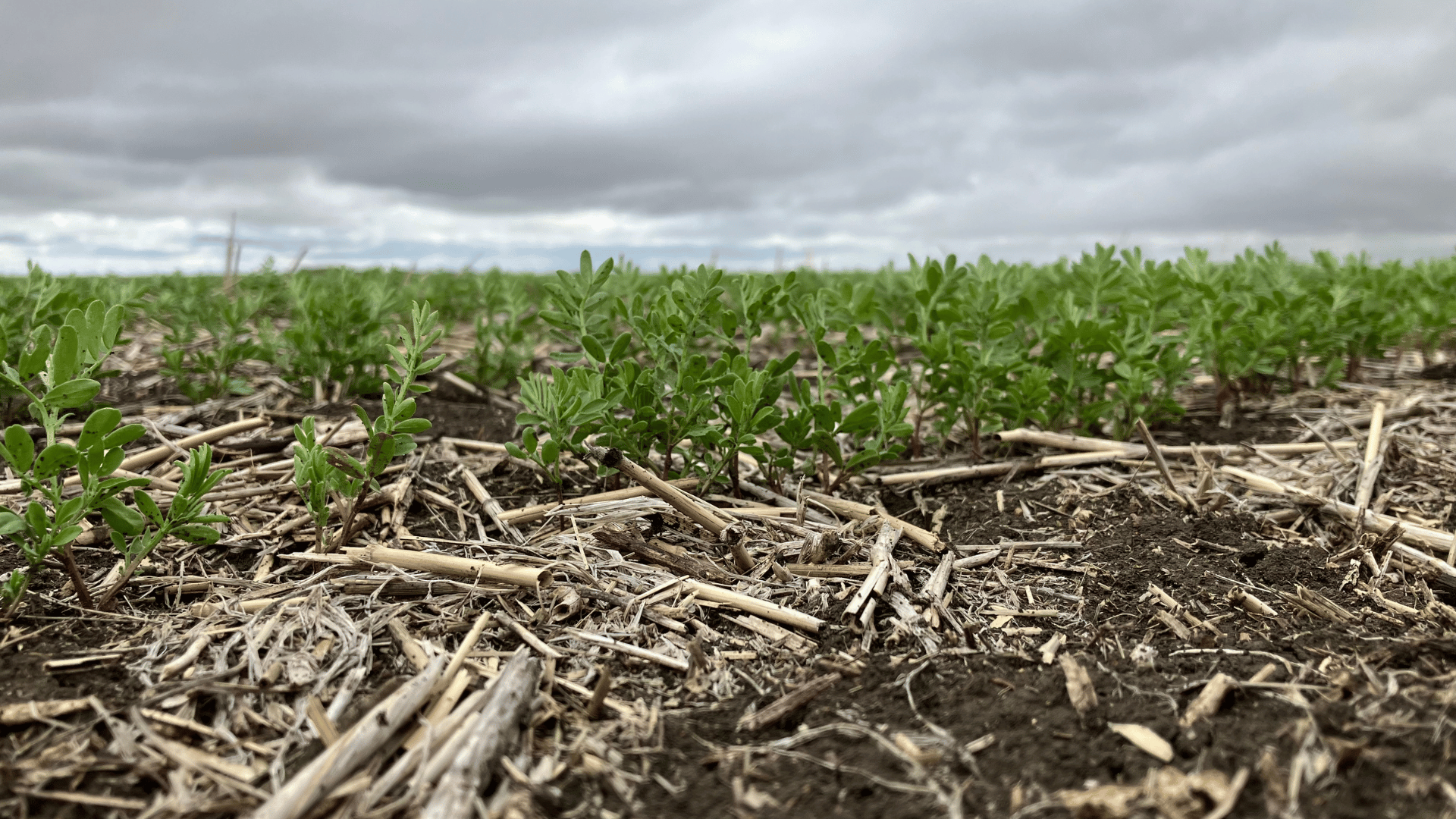Right now, markets remain tight for green peas with buyers scrambling to purchase enough supply to get them through to new crop. The cupboards are bare: there is virtually no carryover of green peas this year!
A similar trend with yellow peas, but not so extreme. Still, we have tight supply and good demand. New crop contracts of green and yellow peas are cheaper than old crop, so we are not seeing a lot of signed new crop contracts. Stay tuned as there will be pricing opportunities sometime prior to harvest.
The story is the same on green lentils, both large and small. The bins are empty. Last week Matt Speidel and I made the rounds and purchased left over seed to fill in demand from now through to harvest. We learned that with the high green lentil prices of last year, some red lentil acres are moving into greens.



